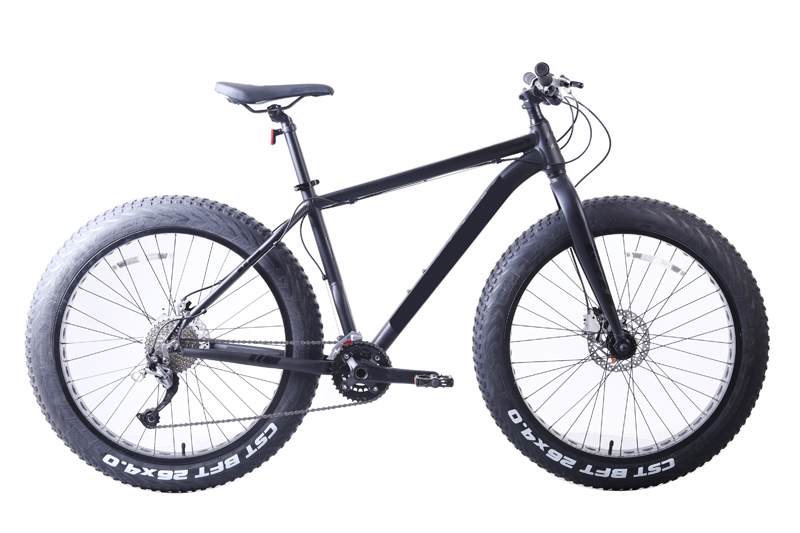Like all devices with mechanical moving parts, bicycles do require a certain amount of regular maintenance and replacement of worn parts. A bicycle is relatively simple compared with a car, so some cyclists choose to do at least part of the maintenance themselves. Some components are easy to handle using relatively simple tools, while other components may require specialist manufacturer-dependent tools.
Many bicycle components are available at several different price/quality points; manufacturers generally try to keep all components on any particular bike at about the same quality level, though at the very cheap end of the market there may be some skimping on less obvious components (e.g. bottom bracket).
Maintenance
The most basic maintenance item is keeping the tires correctly inflated; this can make a noticeable difference as to how the bike feels to ride. Bicycle tires usually have a marking on the sidewall indicating the pressure appropriate for that tire. Note that bicycles use much higher pressures than cars: car tires are normally in the range 30 to 40 pounds per square inch while bicycle tires are normally in the range of 60 to 100 pounds per square inch.
Another basic maintenance item is regular lubrication of the chain and pivot points for derailleurs and brakes. Most of the bearings on a modern bike are sealed and grease-filled and require little or no attention; such bearings will usually last for 10,000 miles or more.
The chain and the brake blocks are the components which wear out most quickly, so these need to be checked from time to time (typically every 500 miles or so). Most local bike shops will do such checks for free. Note that when a chain becomes badly worn it will also wear out the rear cogs/cassette and eventually the chain ring(s), so replacing a chain when only moderately worn will prolong the life of other components.
Over the longer term, tires do wear out (2000 to 5000 miles); a rash of punctures is often the most visible sign of a worn tire.
Repair
Very few bicycle components can actually be repaired; replacement of the failing component is the normal practice.
The most common roadside problem is a puncture. After removing the offending nail/tack/thorn/glass shard/etc. there are two approaches: either mend the puncture by the roadside, or replace the inner tube and then mend the puncture in the comfort of home. Some brands of tires are much more puncture resistant than others, often incorporating one or more layers of Kevlar; the downside of such tires is that they may be heavier and/or more difficult to fit and remove.
Post time: Dec-31-2021






